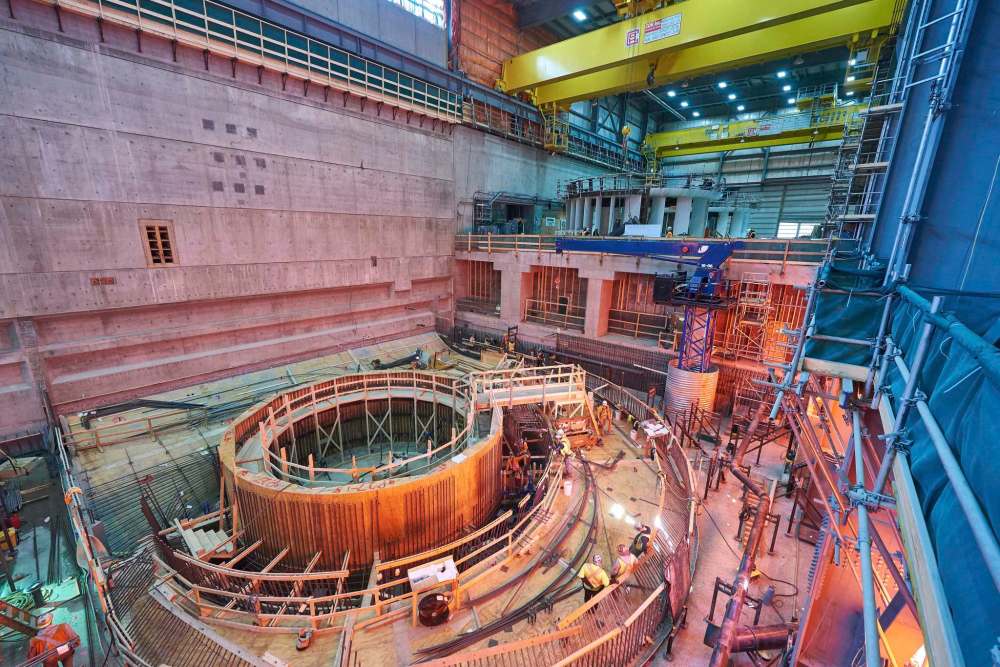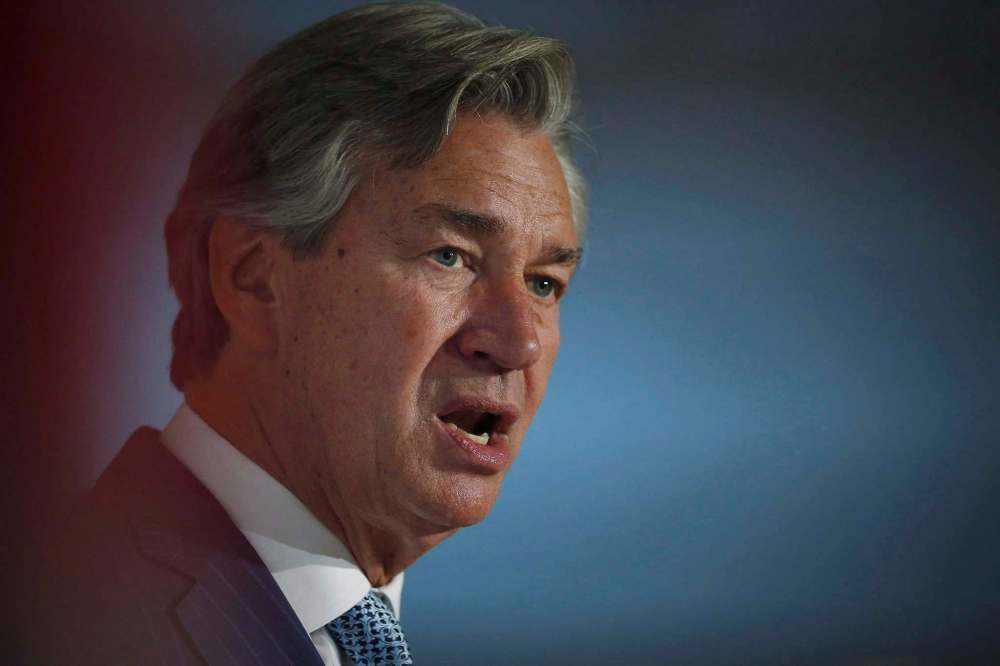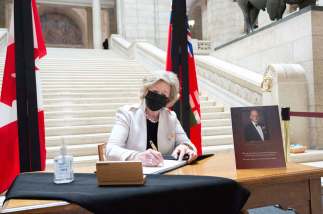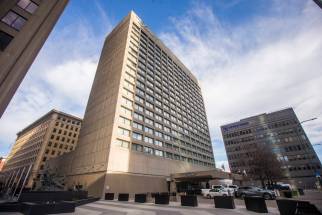Keeyask chickens come home to roost
Read this article for free:
or
Already have an account? Log in here »
To continue reading, please subscribe:
Monthly Digital Subscription
$0 for the first 4 weeks*
- Enjoy unlimited reading on winnipegfreepress.com
- Read the E-Edition, our digital replica newspaper
- Access News Break, our award-winning app
- Play interactive puzzles
*No charge for 4 weeks then price increases to the regular rate of $19.00 plus GST every four weeks. Offer available to new and qualified returning subscribers only. Cancel any time.
Monthly Digital Subscription
$4.75/week*
- Enjoy unlimited reading on winnipegfreepress.com
- Read the E-Edition, our digital replica newspaper
- Access News Break, our award-winning app
- Play interactive puzzles
*Billed as $19 plus GST every four weeks. Cancel any time.
To continue reading, please subscribe:
Add Free Press access to your Brandon Sun subscription for only an additional
$1 for the first 4 weeks*
*Your next subscription payment will increase by $1.00 and you will be charged $16.99 plus GST for four weeks. After four weeks, your payment will increase to $23.99 plus GST every four weeks.
Read unlimited articles for free today:
or
Already have an account? Log in here »
Hey there, time traveller!
This article was published 18/11/2021 (1483 days ago), so information in it may no longer be current.
Manitoba Hydro’s request for a sharp increase in electricity rates in 2022 is exactly what critics of building the Keeyask generating station warned about years ago under the previous NDP government.
The chickens are coming home to roost.
Hydro submitted an interim rate increase application of five per cent this week with the Public Utilities Board. If approved, the average household would pay an extra $60 to $120 a year beginning Jan. 1.
The Crown corporation, which is projecting a loss of up to $200 million in 2021-22, says it needs the money to offset falling revenues caused by this year’s drought. There are other reasons: Hydro salaries and benefits jumped $29 million in 2020-21 (up 6.8 per cent) and the cost of financing the $8.7-billion Keeyask project (which went over budget by $2.2 billion) has accelerated since the northern Manitoba station’s first generating unit was put into service last year.

Hydro’s long-term debt has nearly doubled to a staggering $23 billion since 2015, largely to pay for Keeyask and other megaprojects (including the Bipole III transmission line, which the former NDP government forced Hydro to build on the more expensive side of Lake Manitoba).
Interest expenses are rising and Hydro is now incurring depreciation costs on Keeyask.
It’s time to pay the piper.
Normally, that wouldn’t be too difficult to do. Keeyask’s additional generating capacity has allowed Hydro to increase long-term export sales, including a recent 30-year contract to provide “up to” 215 megawatts of power to Saskatchewan (bringing total exports to SaskPower up to 315 MW).
That’s only a fraction of Keeyask’s 695-MW capacity. However, Hydro also sells electricity through short-term exports, or “spot” sales, from excess power to help cover capital costs (including Keeyask).
However, Hydro can only sell on the spot market when water levels are high enough and reservoirs are full. When they’re low, as they have been over the past year (water inflows to southern Manitoba are at their lowest in 40 years), there’s little to no excess power to sell and short-term exports dry up.
That was always the risk behind the former NDP government’s leap of faith to overbuild Hydro’s generating capacity.

Then-premier Gary Doer insisted in the early 2000s there would be sufficient export opportunities to pay for Keeyask, including spot sales from excess power to boost revenue. Not only did the NDP miscalculate future export markets (including the collapse of natural gas prices that resulted in cheap electricity south of the border), it also didn’t fully consider the financial impact of droughts, which will become more frequent under climate change.
Even with an increase in long-term exports, energy sold outside the province plummeted to four billion kilowatt-hours in the first six months of 2021-22, down from 7.3 billion kilowatt-hours for the same period last year, according to Hydro’s second-quarter financial report. The Crown corporation is projecting a reduction in net export revenues this year of $400 million.
Meanwhile, its debt to capitalization ratio (which credit rating agencies keep a close eye on) has increased to 86 per cent, up from 74 per cent prior to Keeyask and Bipole III.
These were the dangers of overbuilding Hydro capacity critics warned about. If increased generating capacity can’t be financed through higher exports and domestic demand, local rates have to rise to make up the difference.
A five per cent increase in electricity rates won’t significantly impact most households, but if higher rates become the norm, they would hit low- and middle-income families the hardest. They would also chip away at Manitoba’s competitive advantage for industrial customers.
There’s no guarantee the PUB will approve Hydro’s proposed rate hike. The regulator may allow a lower interim increase and take more time to assess Hydro’s finances.
Either way, unless the province avoids frequent droughts — or Hydro secures more long-term exports — Manitobans will have to get used to higher rates for the foreseeable future.
tom.brodbeck@freepress.mb.ca

Tom has been covering Manitoba politics since the early 1990s and joined the Winnipeg Free Press news team in 2019.
Our newsroom depends on a growing audience of readers to power our journalism. If you are not a paid reader, please consider becoming a subscriber.
Our newsroom depends on its audience of readers to power our journalism. Thank you for your support.
History
Updated on Thursday, November 18, 2021 7:52 PM CST: Corrects error: Lake Manitoba, rather than Winnipeg.









